[ENG-SPN] Hermitages of mystery / Ermitas de misterio
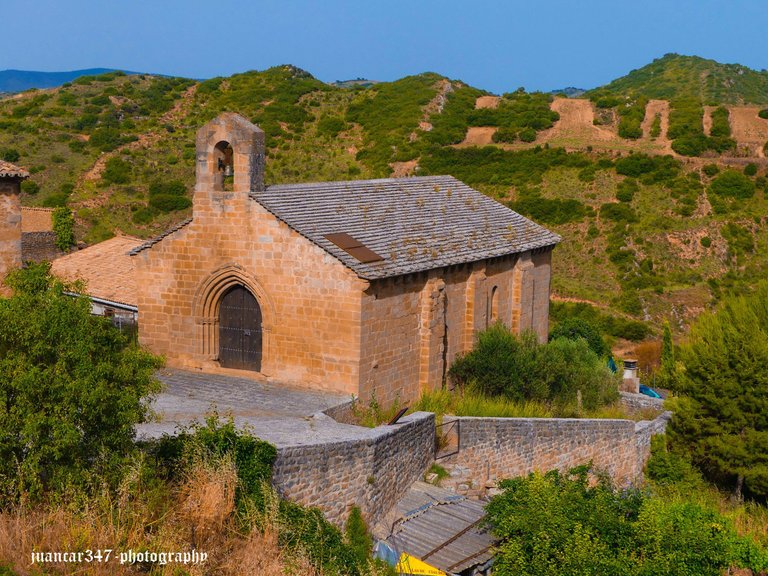
It was first under the patronage of the Judeo-Christian Apollo, who, sometimes represented with a sword and a scale, becomes judge and party and whose presence is never missing in the altarpieces: the Archangel Saint Michael. But some time later, for reasons little or not at all clarified, he was relieved from the throne, yielding his prominence to a saint, whose enigmatic symbolism, like the Teutonic Odilia, did not go unnoticed by that wilful captain of the seas of the spirit, who, metaphorically and comparatively speaking, was Carl Gustav Jung: Lucy.
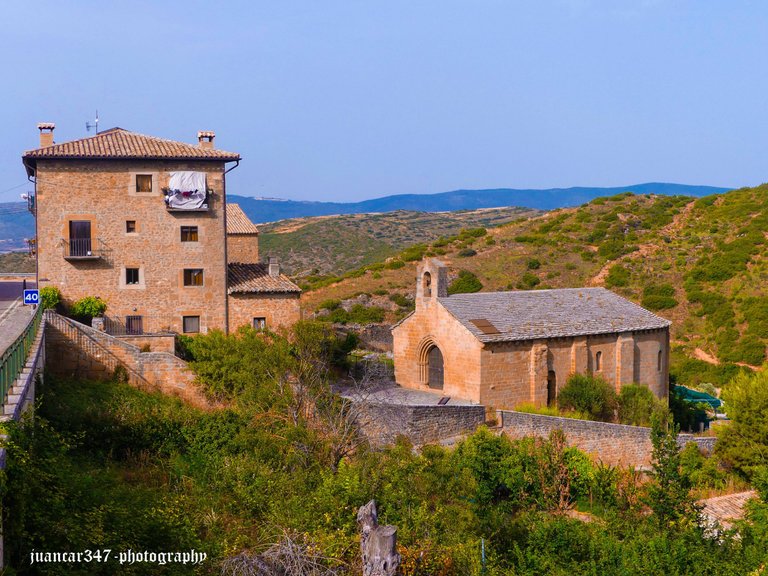
Frequently and significantly represented with her eyes on a tray, Saint Lucy is the Christian paradigm of inner vision; the Patron Saint of the navigators of the unconscious - as Baudelaire said: 'To the bottom of the Unknown, to find the new!' - who in those medieval times, dark for some and a little lighter for others, must have welcomed a parishioner, certainly disparate, where surely the rancid perfume of heterodoxy surprised with unpleasant whiffs to the official authority of the time.
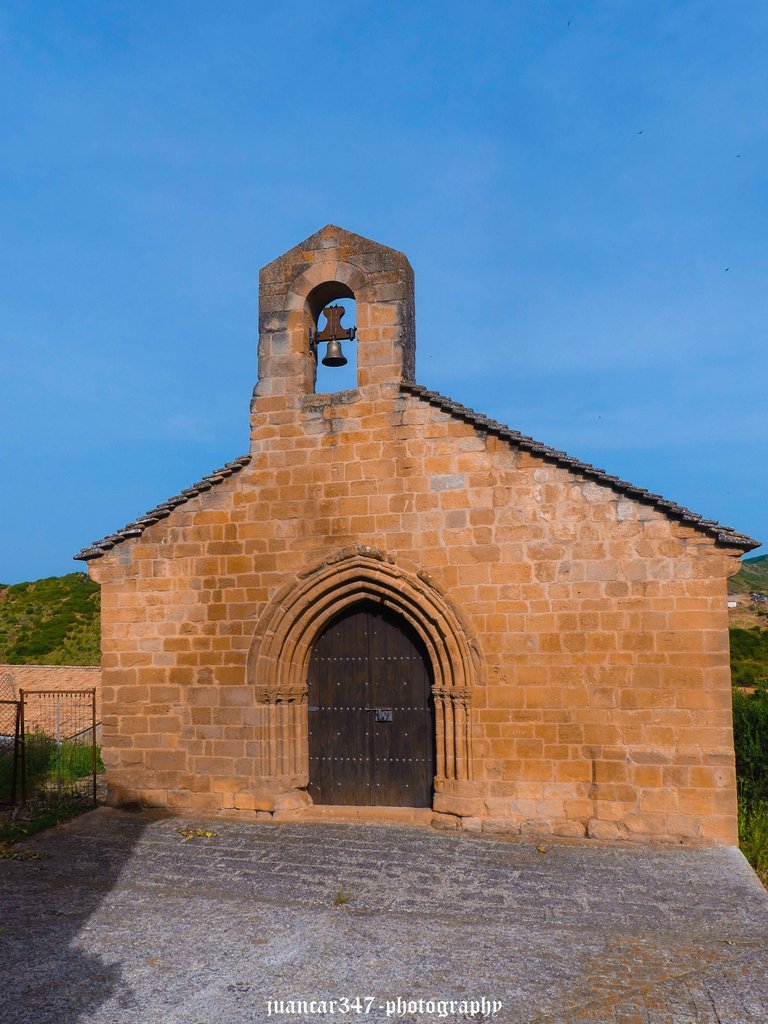
Given its suspicious location, outside the walls of an important medieval town that was always jealous of its security behind the walls, it is quite possible that, observing the traffic of pilgrims, musicians, dancers, drinkers and even the occasional misguided astrologer and alchemist - it is said that Nicolas Flamel himself walked the Camino de Santiago looking for secret keys - which could well be taken as the precedent of the François Villon of the future, some stonemason also noticed the details and took them as an example to immortalize them in one of its splendid doorways, far from the humility that characterizes this hermitage and which, over time, continues to exercise its silent mastery of mystery.

Estuvo primero bajo la advocación de Apolo judeocristiano, que, en ocasiones, representado con una espada y una balanza, se convierte en juez y parte y cuya presencia nunca falta en los retablos: el Arcángel San Miguel. Pero algún tiempo después, por motivos poco o nada esclarecidos, fue relevado del trono, cediendo su protagonismo a una santa, cuyo enigmático simbolismo, como la Odilia teutona, no pasó tampoco desapercibido para ese voluntarioso capitán de los mares del espíritu, que, metafórica y comparativamente hablando, fue Carl Gustav Jung: Lucía.
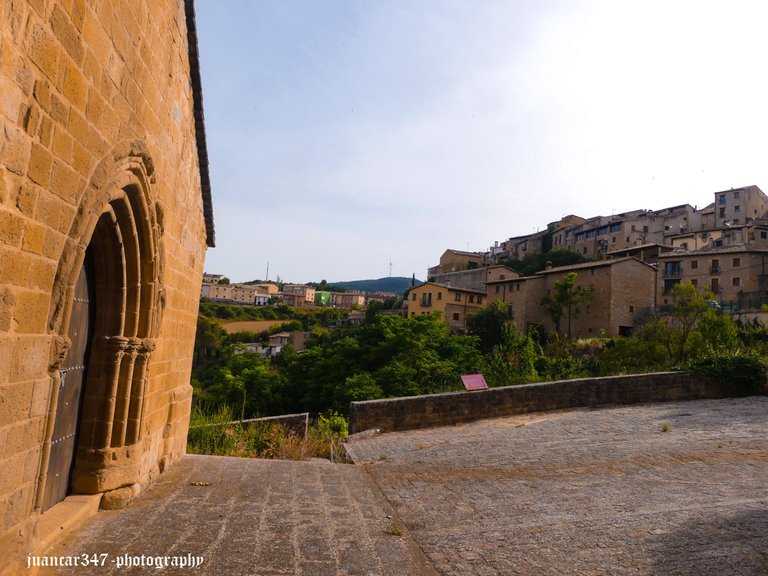
Frecuente y significativamente representada con los ojos en una bandeja, Santa Lucía es el paradigma cristiano de la visión interior; la Patrona de los navegantes del inconsciente -como decía Baudelaire: ‘¡Hasta el fondo de lo Desconocido, para encontrar lo nuevo!’- que en aquellos tiempos medievales, oscuros para algunos y un poco más claros para otros, debió de acoger a una feligresía, ciertamente dispar, donde seguramente el perfume rancio de la heterodoxia sorprendió con vaharadas poco gratas a la autoridad oficial de la época.
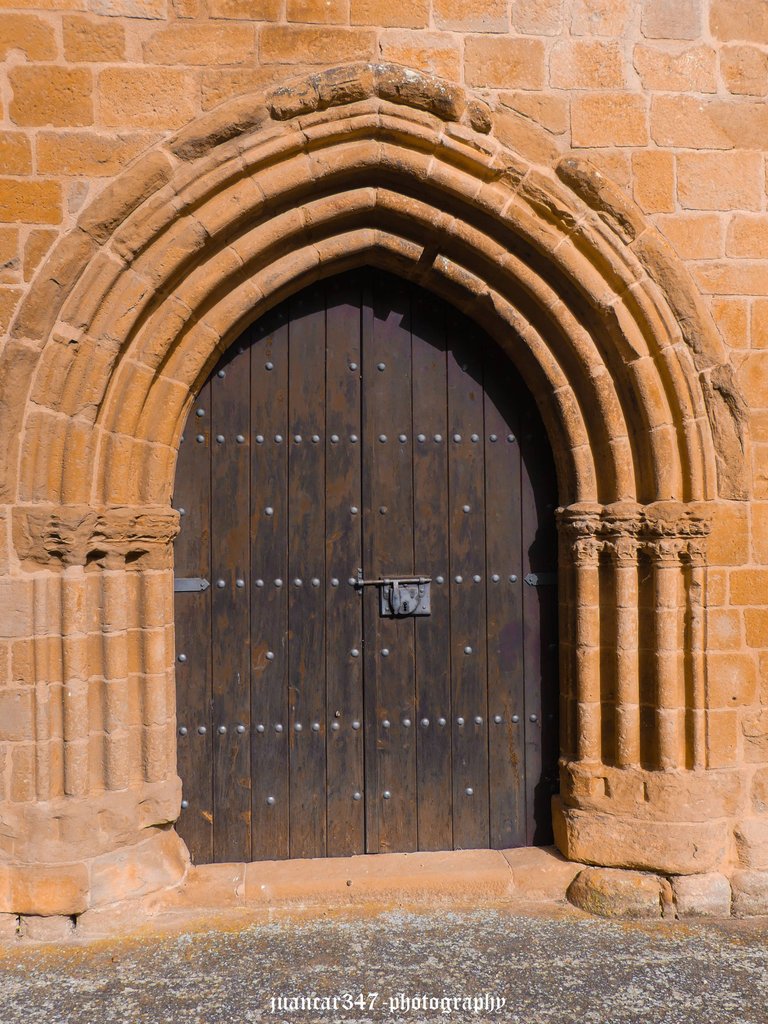
Dada su sospechosa situación, extramuros de una importante villa medieval que siempre estuvo celosa de su seguridad detrás de las murallas, es muy posible, que, observando el tráfico de romeros, de peregrinos, de músicos, de bailarinas, de bebedores e incluso de algún que otro astrólogo y alquimista desnortado -se dice que el propio Nicolás Flamel hizo el Camino de Santiago buscando claves secretas- que bien pudieran tomarse como el precedente de los François Villon del futuro, algún cantero se fijara también en los detalles y los tomara como ejemplo para inmortalizarlos en alguna de sus espléndidas portadas, lejos éstas, no obstante, de la humildad que caracteriza a esta ermita y que, al cabo del tiempo, continúa ejerciendo su silente magisterio de misterio.
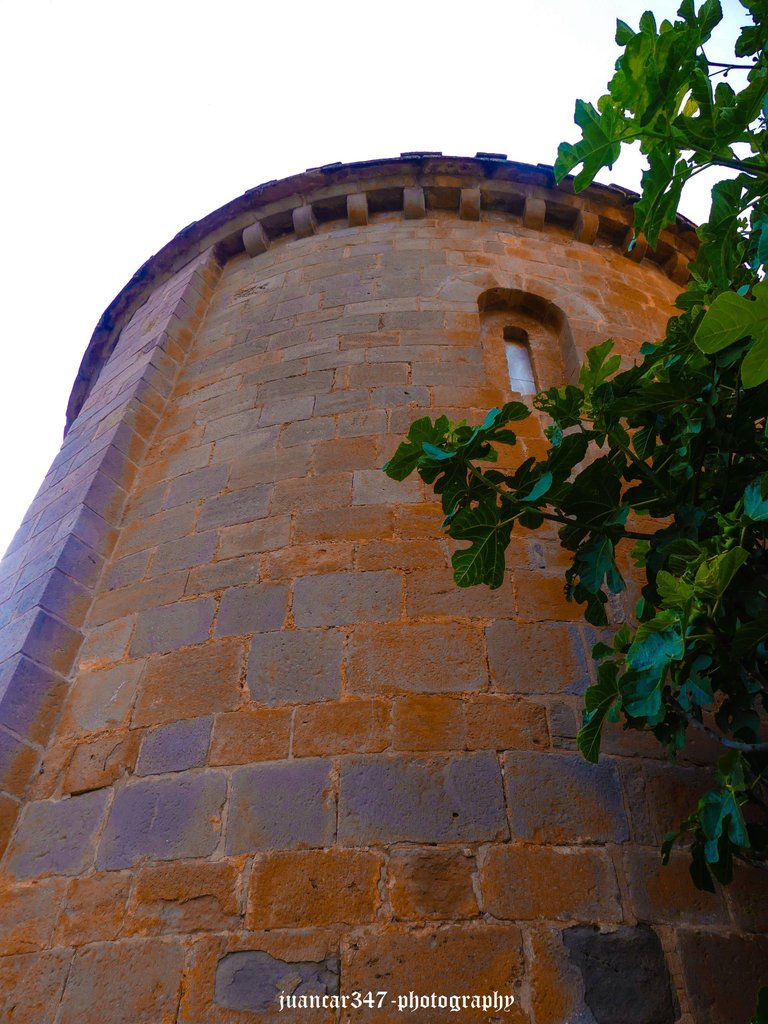
NOTICE: Both the text and the accompanying photographs are my exclusive intellectual property and therefore, are subject to my Copyright.
AVISO: Tanto el texto, como las fotografías que lo acompañan, son de mi exclusiva propiedad intelectual y por lo tanto, están sujetos a mis Derechos de Autor.
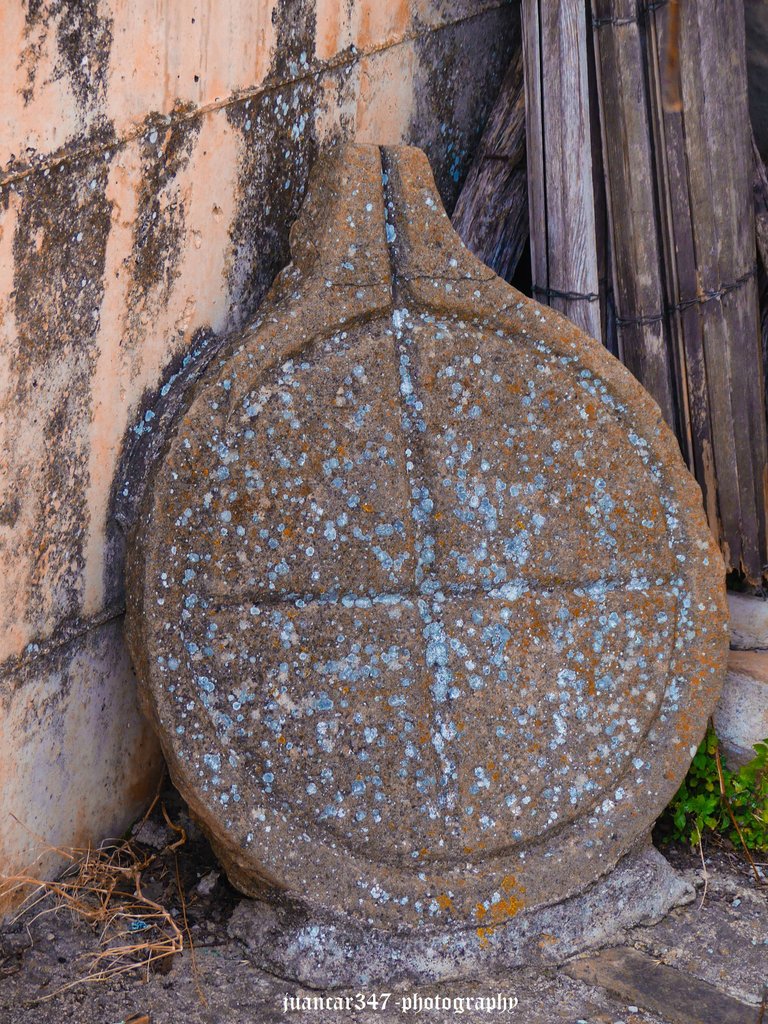
Realmente hermoso!!!
Gracias